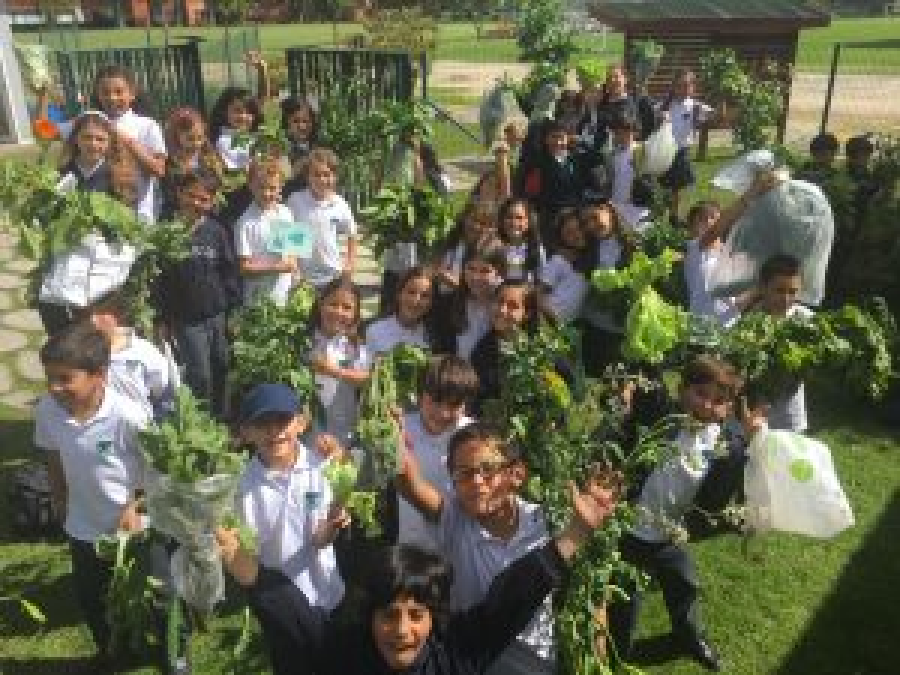Zasqua Biorefuge

Just 270 meters from the Eastern limit of the Thomas Van Der Hammen Reserve is the Zasqua Biorefuge, a restored ecosystem that is part of one of the spaces that seeks to create ecological connectivity on the northern edge of Bogota.
Zasqua, the name given to the biorefuge by the school, is a word in the Muisca language that means to embrace, welcome, discover, or at least that it how the students and teachers define it. The Muisca-Spanish dictionary Muysccubun defines the Word Zasqua as “to lie down, place or put some person or thing in a certain place or condition.” In this case, literally speaking, the definition would be “water was poured on Colegio Los Nogales” or “Fall into the water.” Siec izasqua [o] siegac izasqua. [sic] (González, 1987).
With an area of 6,296 m², a body of water measuring 1,017 m², with a maximum depth of 120 cm, the Biorefuge is undoubtedly one of the most significant cases of ecological restoration in Bogota. It includes the recovery of ecosystems typical of the Altiplano Cundiboyacense, including sub-alpine tundra, high Andean forest, xerophytic scrub and savannah.
“In 2006 the school had the idea to create a farm, an area where students could learn more about animals and plants. As additional needs were identified, the idea was transformed.”
The Zasqua Biorefuge is part of the Landscaping Master Plan implemented on the school campus. After a rigorous environmental study of the area, the main environmental corridors present in the area were identified and, taking advantage of the land conditions, construction began on a living collection that represented all of the ecosystems typical of the Bogota savannah: sub-alpine tundra, river corridor, high Andean forest, altiplano, sub-xerophytic enclave, melliferous plant area and wetland.
Construction of Zasqua began approximately 8 years ago, with the support of a company dedicated to the design and construction of landscaping projects and the educational community since 2013. Since it opened, teachers have been essential in its development, including the Biorefuge in their classroom curriculum.
Projects to measure temperatures, design irrigation systems, vegetable gardens, rescue native seeds and monitor diversity are some of the endeavors that the school’s departments have undertaken. Birds have been a great way to involve students, and monitoring has recorded 32 species that visit the area.
Pedro Linares tells us that the area currently has approximately 4,500 m² of vegetation. Our goal is to have more than 4,000 trees, palms, herbaceous plants, shrubs and others from more than 120 species representative of each of the ecosystems present. Many of these plants have a plaque with basic information about the species and a QR code that redirects to a website with a more complete description, somewhat similar to the Cordoba wetlands.
The Biorefuge has a waterfall that oxygenates the water and gives the area a special appeal, in addition to islands of aquatic vegetation with plants typical of the wetlands around Bogota, notably reeds and cattails.
Inside Zasqua, we also find a vegetable garden and planting areas, where native seeds have been rescued, and a composting area that is growing closer to meeting the school’s waste treatment goals. On the southeastern side there is an experimental mammal area where some rabbits reproduce. Finally, we have the greenhouse and laboratory that function as spaces that complement the natural environments to turn the whole area into an environmental classroom.

